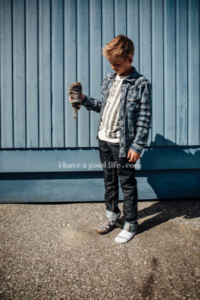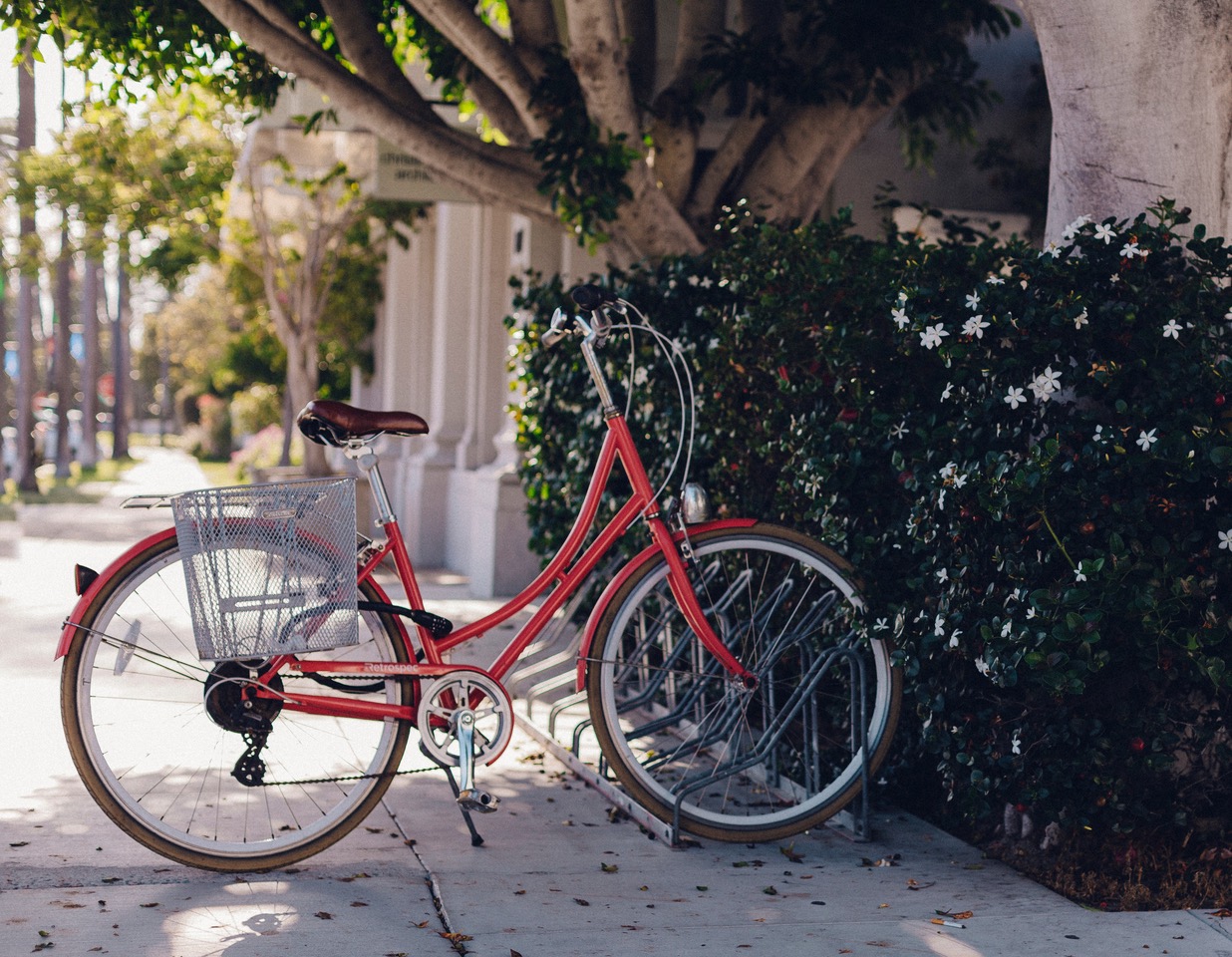Thomas and Adrian were laughing as they walked through the door. It had been a long day and they were tired, but happy. Father and son had been working together throughout the day and they had quite a few stories to tell.
My husband Thomas had been hired to teach a group of immigrants how to ride a bicycle. Sounds like an easy task, but he had experience and knew better. Young children are not afraid to ride a bike because they don’t understand what will happen if they fall. Adults, however, can easily imagine how painful it must be to feel the asphalt embedded in one’s face and will do pretty much anything to avoid it. Including riding a bike.
He knew it would be difficult to convince them to try, so he brought an expert. Even though it is the winter holiday and his first opportunity in a long time to sleep in, Adrian happily agreed to tag along to help his dad make someone’s day better.
Learning how to ride
First, Thomas started off by simply explaining the principles of bicycling. He explained how moving the pedals caused a chain reaction, eventually leading the wheels to move forward. He listed some of the things that had to be taken into consideration when engaging in the traffic, and he explained the importance of safety. At one point he asked them if they knew what a water melon was. Yes, they all knew. Did they also know what would happen if that same water melon was dropped at a high velocity to the ground? Yes, they could all imagine how it would crack open. “And that’s why you wear a helmet when you ride your bike” he concluded. No questions asked. The power of imagination will supersede language barriers every time.
The beginners, ranging from 25 to 55 years, giggled excitedly as they put on their helmets. They made sure to fasten it properly before pointing at each other, as they quickly learned lesson # 1: no-one wears a bicycle helmet gracefully. Not even those who think they do.
The nervous anticipation spread throughout the group, bringing them all closer, uniting them as they faced the two-wheeled terror in front of them. It was time.
Point of no return
Thomas gave a few last instructions. He has found that the most important lesson for adult learners is understanding how to stop the bike. I can totally relate. I always find it useful to know how to get out of situations before entering into them. The bikers-to-be paid careful attention as he instructed them to brake, then stop, and finally put the foot down on the ground. You may laugh, but at some point, you learned this, too. This doesn’t come naturally. You were not born knowing how to ride a bike. Neither were these immigrants.
Having practiced the brake, stop, foot down routine, they were good to go. Most of them got the pedal thing right and bounced forward before regaining their composure. A couple of them didn’t. They stomped both feet down simultaneously, not understanding why the pedals wouldn’t move. A few others kept on pedaling backwards, which required less effort. They didn’t move an inch, but that didn’t bother them much, as they still seemed to have reached their maximum level of excitement.
Gaining velocity
They practiced in an empty parking facility so that they wouldn’t have to deal with the snow yet. Thomas figured that practicing on ice would be the Nordic version of the straw that broke the camel’s back, but there inside the parking area they gained some confidence. Within a few hours, most of them knew how to ride a bike.
Adrian was running alongside the new bikers, encouraging them and yelling brake, stop, foot down! whenever needed. Which was quite often. At one point one of the women gained velocity as she sped toward a wall. Adrian watched in horror as she completely blanked out, forgetting everything she had been taught. She lifted both feet from the pedals and braced herself for the impact, but he wasn’t having it. Adrian ran after her, grabbed hold of the bike’s rear rack and held on while sliding over the concrete on the soles of his shoes. She came to a halt 3 ft. from the wall. She never realized what could have happened, but cheerfully moved on practicing her newfound skills. Adrian laughed as he told me. And demanded new shoes.
Full circle
Five years ago, this was his story. He had been the beginner, the one with no experience whatsoever. He had spent more than 8 years in a wheelchair before being miraculously healed. At the age of 12, he had learned how to ride a bike. And to ski. And skate. And run. I remember when he asked his physiotherapist: “Maud, now that I have new muscles, will you teach me how to jump?”

I still remember the first time I saw him empty the sand from his shoes. He was 13. You don’t need to do that if you’re in a wheelchair. But healthy kids get sand in their shoes. Healthy boys wear the soles of their shoes to pieces. Healthy young men help immigrants to live fully.
Words cannot begin to express my gratitude, but my tears certainly try to. Our wonderful God is a God full of wonders.
One of them needs a new pair of shoes.
